Ever since their popularization, which happened alongside PlayStation’s release back in 1994, 3D games have been a staple of the gaming industry. Be it on a console, on your smartphone or your desktop, games are present in the lives of billions nowadays, bringing them joy and a much welcome distraction from the fast-paced routines of many.
When it comes to designing and developing a game, choosing the art style that best suits the experience you want to convey with your game is one of the most critical steps. However, we understand that, having many viable art styles for 3D games at your disposal, making a choice can be hard.
In this article, we are going to explore 5 of the best known art styles of 3D art and tell you their use cases, giving you some visual examples in the process. We will cover the following art styles: low poly, anime, stylized, realism (and two of its subcategories) and collages.
Low poly
In this art style, everything – from the characters to the environment – looks like they’re composed only of polygons. Each one of those is usually defined by a single flat color. No, there are no textures! Low poly games rely mostly on the shape, materials and the lighting of their assets to represent everything accurately.
This art style is mostly used by indie developers, who usually have neither the time nor the resources required to make hundreds of highly detailed models for their project. It’s also not unusual for game artists to use other styles in conjunction while keeping low poly as the main focus.
Low poly art style is also used extensively in 3D games where the graphics aren’t that important compared to the content. This makes them a suitable candidate for puzzle, adventure and open-world games suitable for kids and adults alike.
Examples: Astroneer
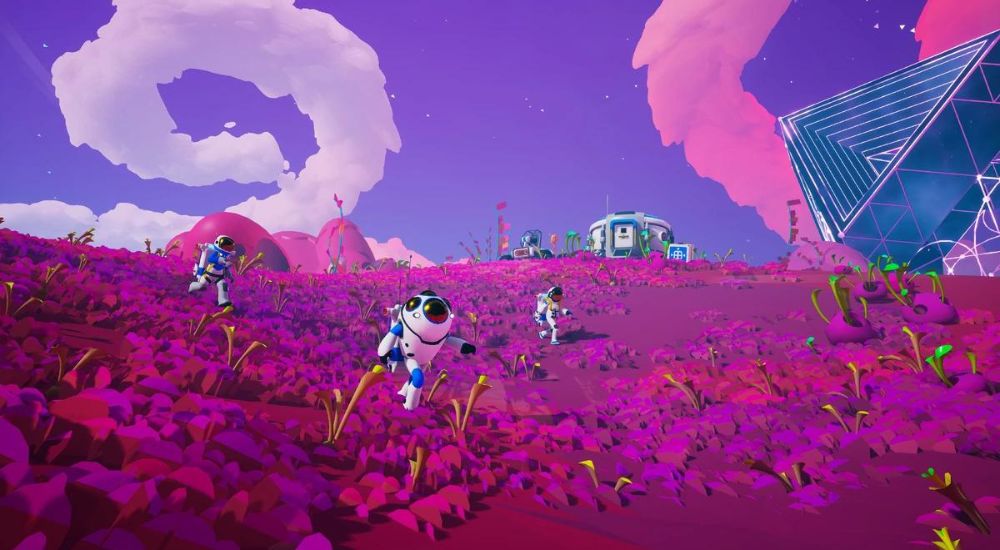
Anime
Originated in Japan, this style of animation is very recognizable. Even if you think you haven’t watched an anime in your life, chances are you have: Naruto, Ghost in the Shell, Dragon Ball, One Piece and Attack on Titan to name a few.
Often characterized by exaggerated facial expressions and physical features, this Japanese art style has the bulk of its market in East Asia, but it took over the world by storm with the popularity of anime series and movies.
When it comes to gaming, the anime art style is often used in 3D games for its unique feel and visuals, which tends to hold up years after their release. Anime is mostly used in gacha, fighting and fantasy titles, where physical features, body movements and character weapons tend to be highly exaggerated.
Examples: Street Fighter and Genshin Impact, which has generated over $3.7 billion in revenue from mobile alone since its release.
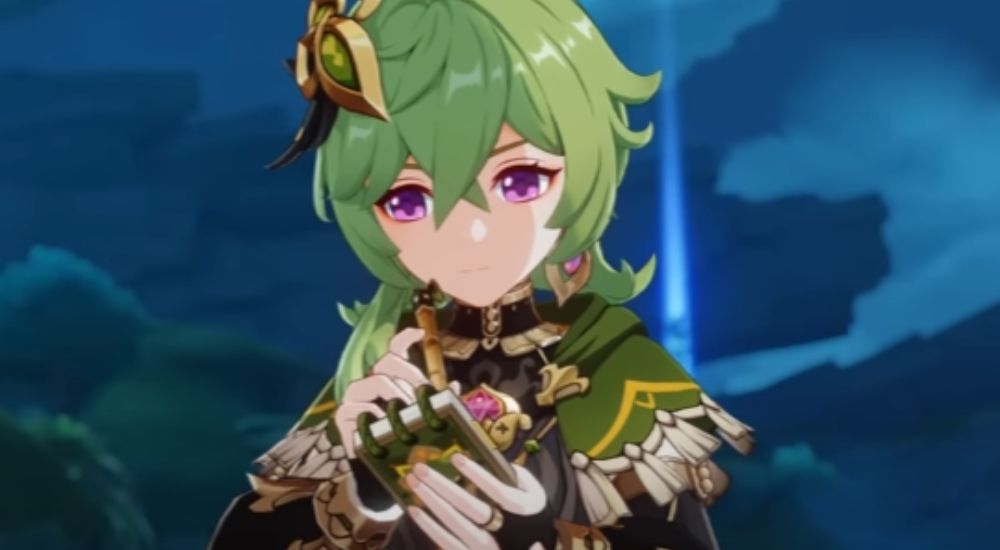
Stylized
One of the most popular art styles for 3D games, stylized games make use of non-realistic elements to convey their art, often borrowing some from cartoons and 3D movies. This style lacks a clear definition and encompasses a myriad of games, usually offering a unique and aesthetically appealing middle ground between realism and other styles.
Used in adventure titles and casual experiences alike, the stylized art style passes a friendly first impression, making them a great choice for games aimed at people of any age. Their platform of choice also doesn’t matter: hyper-casual mobile games and AAA titles have found great success with this art style.
To paint a better picture in your mind, think of Pixar animated movies, but brought to the context of gaming.
Examples: Overwatch 2, Blizzard’s take on first-person shooters that resembles Team Fortress 2.
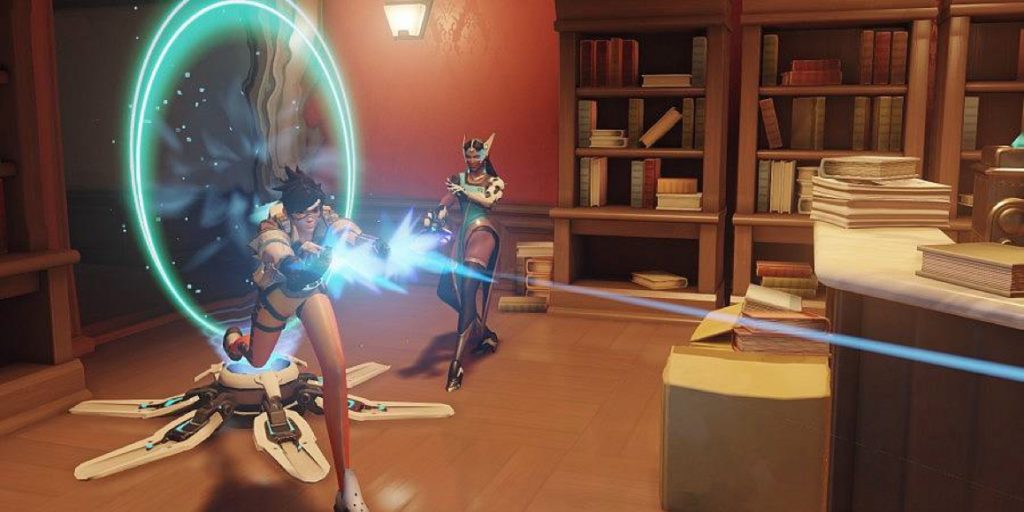
Realism
In games with realistic graphics, game artists try to bring the real world into the digital world. This does not necessarily mean that developers will try to simulate real life as much as possible, because this is extremely expensive for current CPUs and GPUs – more on photorealism later.
Instead, “realism” describes a design philosophy in which the world and the in-game atmosphere is based on our perception of the real world.
You know, there’s a reason why the highest-end shaders for Minecraft (which allow raytracing and many other graphically expensive features) and insane resolution texture packs have mind-boggling hardware requirements.
This style is mostly used on shooters, simulators, racing and adventure games, making it an amazing choice for games that are further enhanced by being highly immersive or realistic.
The realism art style, however, is very broad and can act as an umbrella term for more specific styles, such as photorealism and fantastic realism, which we’ll go over next.
Photorealism
Photorealism is, in simple terms, realism taken to the extreme. In this 3D game art style, game artists create assets and build models that look extremely realistic – sometimes even using photographs of real objects or people to make the textures.
It’s both computationally and economically expensive to develop photorealistic renders, but, when done right, the results are truly awe-inspiring. We have seen lifelike renders of common objects and even complex scenes that look straight out of real life… except they are not, being instead digitally created through the many available softwares.
Currently, photorealism is mostly used in renders for architectural, engineering and interior design visualizations, giving their clients a truthful and accurate view of what they will get and allowing them to make last minute changes if needed.
As time goes by, better technologies get developed, which allow us to tap even further into the potential of photorealistic graphics. Sure, you may argue that progress has been slow, but progress is progress no matter what.
All in all, most game companies would rather go for the other kind of realism, which is listed right below.
Examples: Red Dead Redemption 2, Microsoft Flight Simulator and Death Stranding.
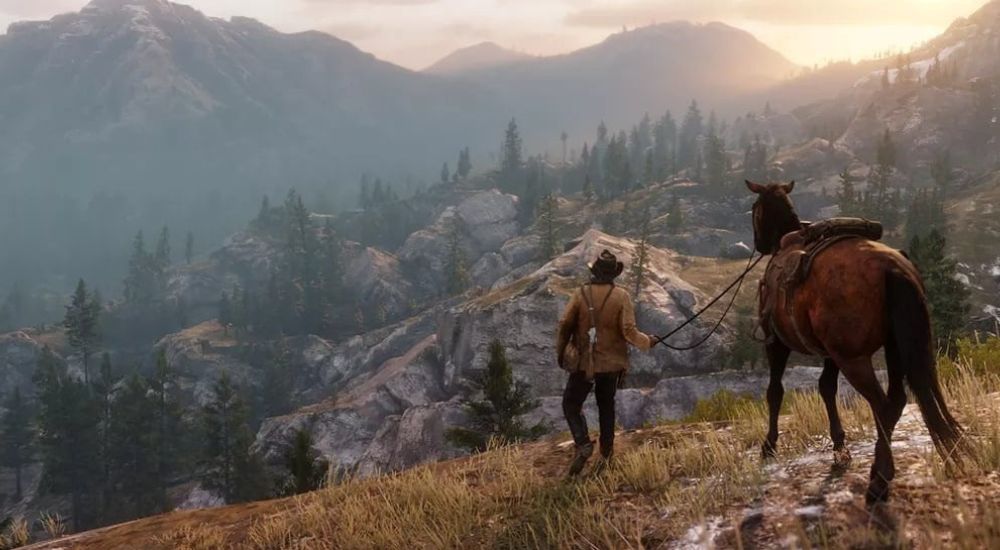
Fantastic realism
Just because some things don’t exist in the real world, it doesn’t mean that we can’t represent them realistically in games. Even though those creatures only exist in our imagination, their representation in games fundamentally follow the physics, colors and our perception of the world. This is the base philosophy of the fantastic realism art style for 3D games.
The key to make this art style work is to keep it consistent, cohesive and add environmental/lore elements realistic enough to let the environment express itself, a task much easier said than done.
High fantasy games, high tech science fiction, steampunk and alternate history titles made by big companies often go for this art style, which is the one players love the most when it comes to high-end 3D experiences. It’s also the most immersive way to make extended reality (ER) games nowadays.
Examples: Warframe and Cyberpunk 2077, which is currently the best-selling game on Steam.
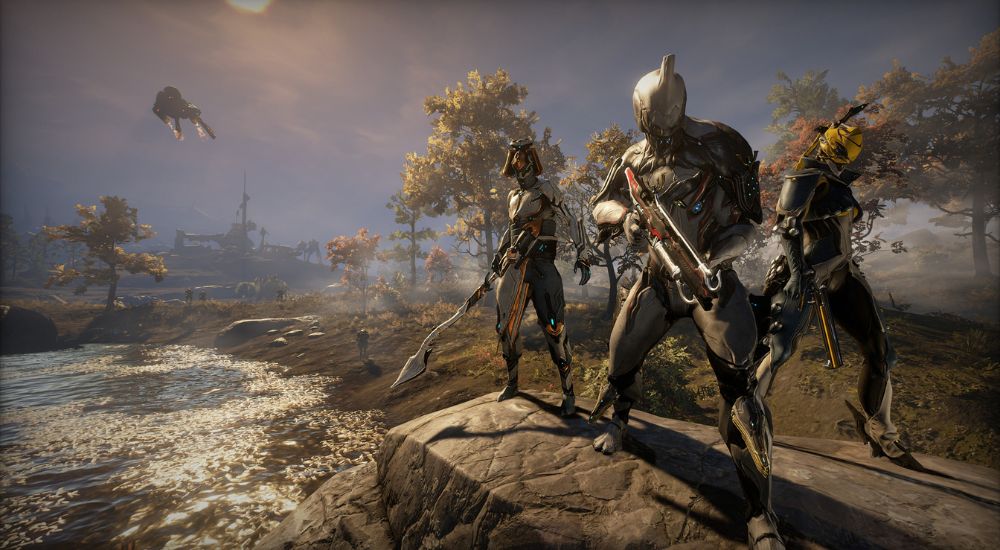
Collage
When going for a collage art style, you can combine many different techniques and approaches to designing and creating your game’s assets, which can include the use of multiple art mediums in conjunction. Its main strength come from their ability to use textures to create fantastic artworks.
That fact alone makes collage of the hardest to get just right: err too much on one side and you end up with a goofy looking game; too much on the other and you have a game with surreal, dream-like graphics.
When it comes to gaming, collages look amazing for titles aimed at a younger public or for hipsters looking for more unique indie experiences.
Example: Cartoon Network Universe: FusionFall
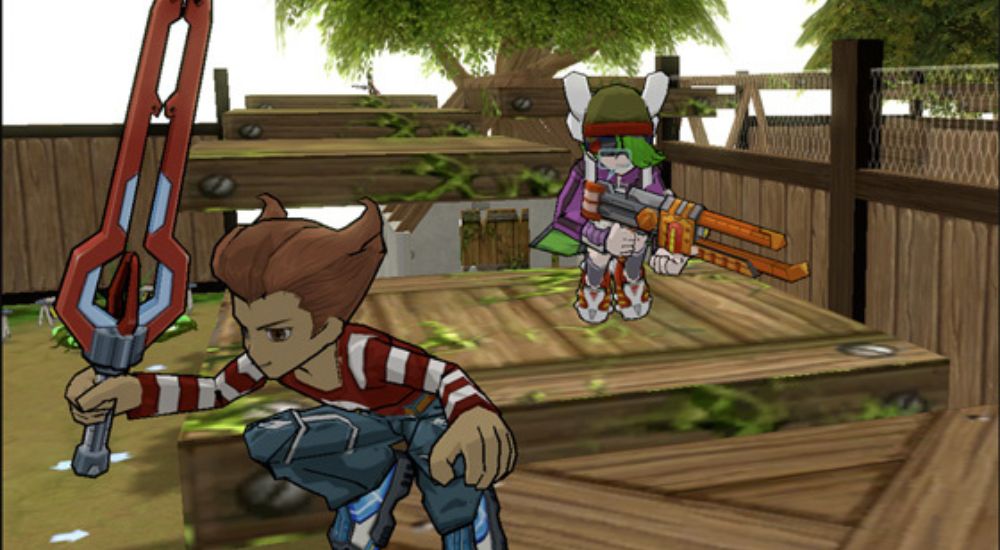
We can help you out
Now that you know the most common art styles for 3D games, what about starting the development of your own? One of the best ways to get your game up and running is to work alongside qualified professionals.
At Main Leaf, a professional game development studio, we create fantastic 2D and 3D games on demand. With hundreds of collective years of experience in the game industry and 70+ talented professionals, we are sure to deliver a project that exceeds your expectations.
If you are interested in working with us, don’t be afraid to shoot us a message so we can discuss the details of your project. To do so, go to the top of this page and request a game quote right now! We will get in touch with you as soon as we can.

